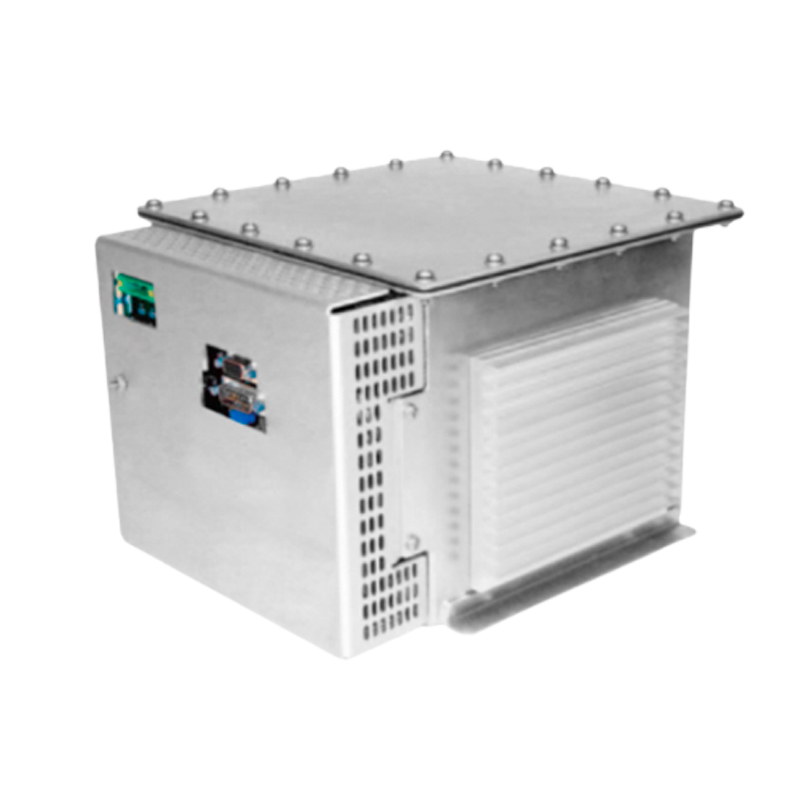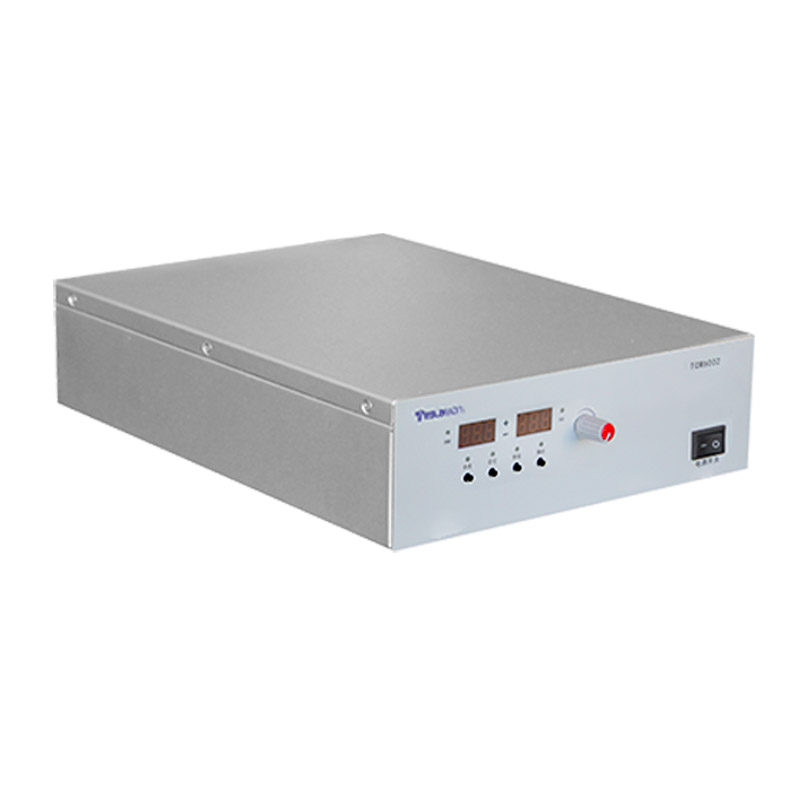Precision Enhancement in High-Voltage Power Supplies for Electron Spectroscopy: Technological Pathways and Application Prospects
Electron spectroscopy techniques (e.g., XPS, UPS) rely on the interaction between high-energy electron beams and materials to analyze surface composition and electronic structure. Their resolution and accuracy critically depend on the stability and precision of high-voltage power supplies. Recent advancements in power supply precision have significantly propelled breakthroughs in electron spectroscopy, primarily through the following developments:
1. Core Technological Pathways for Precision Enhancement
Voltage Stability and Ripple Suppression
Electron spectroscopy requires minimal electron beam energy fluctuation (typically better than ±0.01%). Modern solutions adopt hybrid topology structures:
Switching-mode base: Ensures high-efficiency conversion (>95%), minimizing thermal loss.
Linear compensation module: Suppresses ripple to millivolt levels, eliminating energy drift.
For example, in XPS, reducing power supply ripple by 1 ppm decreases elemental binding energy detection error by 0.01 eV.
Dynamic Response and Multimodal Control
In situ analysis demands rapid energy switching. Model Predictive Control (MPC) algorithms reduce response time by >50% (<10 μs), while supporting:
Pulsed mode (>20 kV/μs slew rate) for transient surface reactions;
Gradient scanning (±0.1% precision) for continuous band mapping.
Intelligent Calibration and Compensation
Environmental drift and load variations are mitigated via:
Embedded sensor networks: Real-time monitoring with edge-computing compensation;
Closed-loop calibration: Auto-calibration using high-precision dividers (error <0.001%).
2. Cross-Domain Application Benefits
Surface analysis: XPS oxidation state resolution for catalysts (e.g., MnO₂) improved from ±0.5 eV to ±0.05 eV.
Low-dimensional materials: ±0.1 mV precision enables precise Fermi surface mapping in ARPES.
Extreme environments: Nanocomposite insulation reduces partial discharge risk by 90% in space nuclear analysis.
3. Future Challenges and Directions
Quantum-level precision: Address quantum tunneling effects with solid-state technologies.
Multiphysics integration: Synchronize electric/magnetic/thermal fields via multi-channel modules.
AI and digital twins: Predict component aging and optimize output, extending lifespan by >30%.
Conclusion
Precision enhancement in high-voltage power supplies drives electron spectroscopy from macro-statistics to micro-determinism. Through interdisciplinary innovations, next-generation power supplies will evolve into ultra-precision energy engines, unlocking atomic-scale insights for quantum and materials research.




















